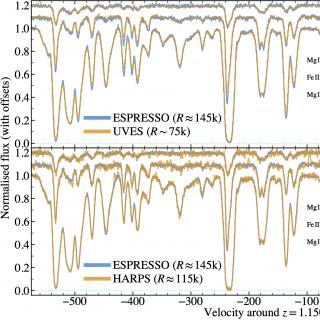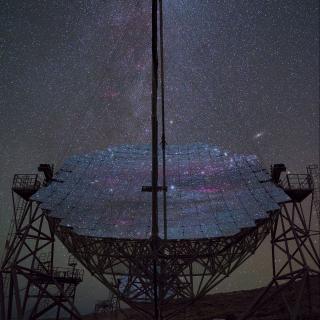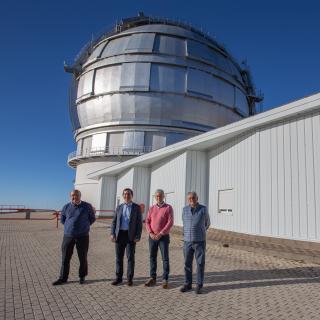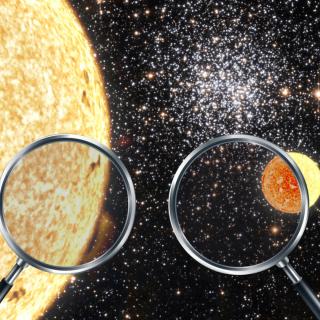
An international research, in which the Instituto de Astrofísica de Canarias (IAC) participates, has discovered a new planetary system comprised of 4 planets orbiting the star TOI-500. This is the first system known to host an Earth analogue with a period shorter than one day and 3 additional low-mass planets whose orbital configuration can be explained via a non-violent and smooth migration scenario. The study is published in the journal Nature Astronomy. The inner planet, dubbed TOI-500b, is a so-called ultra-short period (USP) planet, as its orbital period is only 13 hours. It is regarded
Advertised on




